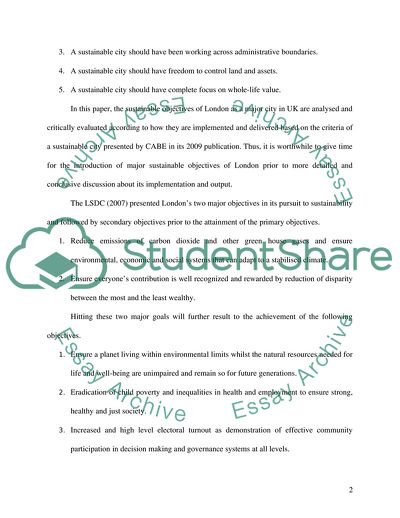Cite this document
(Londons Sustainable Objectives Case Study Example | Topics and Well Written Essays - 2250 words, n.d.)
Londons Sustainable Objectives Case Study Example | Topics and Well Written Essays - 2250 words. Retrieved from https://studentshare.org/social-science/1723414-sustainability-of-a-major-uk-city-of-your-choice
Londons Sustainable Objectives Case Study Example | Topics and Well Written Essays - 2250 words. Retrieved from https://studentshare.org/social-science/1723414-sustainability-of-a-major-uk-city-of-your-choice
(Londons Sustainable Objectives Case Study Example | Topics and Well Written Essays - 2250 Words)
Londons Sustainable Objectives Case Study Example | Topics and Well Written Essays - 2250 Words. https://studentshare.org/social-science/1723414-sustainability-of-a-major-uk-city-of-your-choice.
Londons Sustainable Objectives Case Study Example | Topics and Well Written Essays - 2250 Words. https://studentshare.org/social-science/1723414-sustainability-of-a-major-uk-city-of-your-choice.
“Londons Sustainable Objectives Case Study Example | Topics and Well Written Essays - 2250 Words”. https://studentshare.org/social-science/1723414-sustainability-of-a-major-uk-city-of-your-choice.


